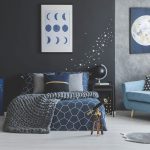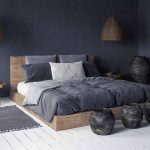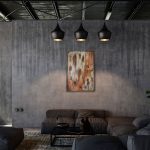How do you say it?
Wayne’s coating? Wayne’s cotting? Wayne’s kitting? Merriam-Webster prefers the first pronunciation, but all are acceptable. It’s also fine to call it wainscot; the terms are interchangeable.
Wainscoting may sound peculiar but merely refers to paneling, typically made of wood, that lines the interior walls of a home.
Homeowners seeking to add a touch of luxury and elegance to a living space increasingly turn to wainscoting as opposed to mere wallpaper or painted designs. Easy enough to do-it-yourself (DIY) and a cost-effective interior decor option, the trend has seen a resurgence over the recent decade and is currently popular on social media in Malaysia.
Four Ways to Save on Costs Get the look of wainscoting without the pricey panels.
- Painted on Planks Roll vertical stripes in alternating hues over the lower third of your wall for a cheery two-tone plank effect. A horizontal painted band mimics a cap rail.
- Wall Frames Install a chair rail and glue and nail frames made from decorative panel moldings beneath it. Paint the chair rail and everything below the same color for the look of raised-panel wainscoting.
- Faux Flat Panel Glue and nail rails, stiles, and cap molding directly to smooth drywall or plaster to mimic flat panel wainscoting. Paint the boards the same color as the wall, or finish the wood in an accent color to match the rest of the trim in the room.
- Stain-Grade Wall Veneer Affix hardwood plywood directly to the wall. Then nail on your stiles and rails, and top the plywood with cap molding. For the look of a solid-wood assembly, cut the plywood so that its grain runs vertically on the wall.








